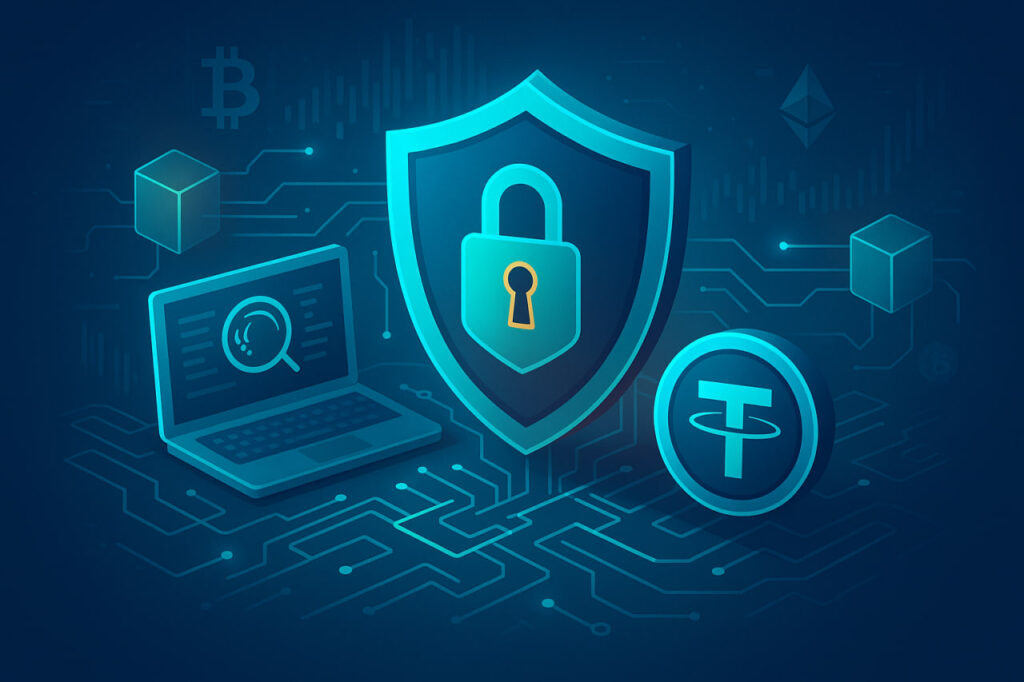In the dynamic world of digital finance, innovations continue to reshape how people interact with cryptocurrencies, pushing the boundaries of technology to enhance user experience. One of the most significant advancements comes from the efforts of Mastercard, which has embarked on a journey to make digital asset transactions as simple and intuitive as sending an email. By integrating with the Ethereum and Polygon networks, Mastercard is transforming the landscape of crypto transactions, aiming to make them more accessible and secure for everyday users. Through a strategic collaboration with Polygon Labs and payments infrastructure provider Mercuryo, Mastercard is introducing user-friendly features that promise to change the face of digital payments forever.
Mastercard’s Revolutionary Step Toward Simplified Crypto Transactions
A User-Friendly Identity Layer for Self-Custody Wallets
Mastercard’s latest initiative introduces an innovative system that enables users to connect their wallets, like MetaMask, with a verified alias provided by Mercuryo. This approach replaces complicated wallet addresses with straightforward, email-like usernames. These aliases are designed to facilitate seamless and intuitive crypto transfers, especially for those unfamiliar with the technical complexities of digital currencies. By collaborating with Polygon, the system leverages an efficient infrastructure that supports fast, low-cost transactions and allows for the creation of non-transferable “soulbound” credentials. These credentials publicly verify the owner’s identity without compromising control over their private keys, ensuring compliance with regulatory standards such as the Travel Rule.
Polygon’s Role in Mastercard’s Crypto Initiative
Polygon was chosen as the foundational network for Mastercard’s foray into identity-driven transactions due to its robust and scalable architecture. The blockchain’s recent enhancements, including upgrades like Rio and Heimdall v2, have significantly increased transaction throughput and reliability. These improvements make Polygon an attractive choice for institutions requiring seamless and dependable operability. With billions moving through Polygon in stablecoin activity each month, its infrastructure provides the necessary stability and efficiency for large-scale financial operations. Marc Boiron, CEO of Polygon Labs, highlighted the simplicity this innovation brings to self-custody, bridging the gap between intricate blockchain processes and everyday financial activities.
The Future of Web3 Payments and Identity
Mastercard’s integration of identity-verification and user-friendly features into self-custody wallets marks a significant milestone in the evolution of Web3 payments. As part of its ongoing commitment to integrating traditional financial systems with decentralized networks, Mastercard is expanding its crypto services through various initiatives, including debit card programs and on-chain settlement pilots. The broad adoption of alias-based transfers could redefine user interaction with blockchain technology, making it more accessible to a mainstream audience and accelerating the adoption of digital finance across the globe.
FAQs
How does Mastercard’s alias system improve crypto transactions?
By replacing complex hexadecimal wallet addresses with easy-to-remember aliases, Mastercard’s system simplifies the process of sending and receiving cryptocurrencies. This makes digital transactions more accessible to users, reducing the barrier to entry for newcomers to the crypto space.
Why was Polygon chosen for this initiative?
Polygon was selected due to its advanced technology, which supports high throughput and low-cost transactions. With its recent upgrades improving overall network efficiency, it offers a reliable platform for large-scale financial operations, meeting the demands of institutions like Mastercard.
What are the implications of this initiative for future digital payments?
This initiative could pave the way for greater mainstream adoption of digital payments. By making crypto transactions more user-friendly and secure, it bridges the gap between traditional and decentralized finance, promoting wider use and acceptance of blockchain technology.
In advancing this initiative, Mastercard and its partners are laying the groundwork for a future where digital transactions are not just reserved for the tech-savvy but are a seamless part of everyday life, enhancing accessibility and security for all users.

